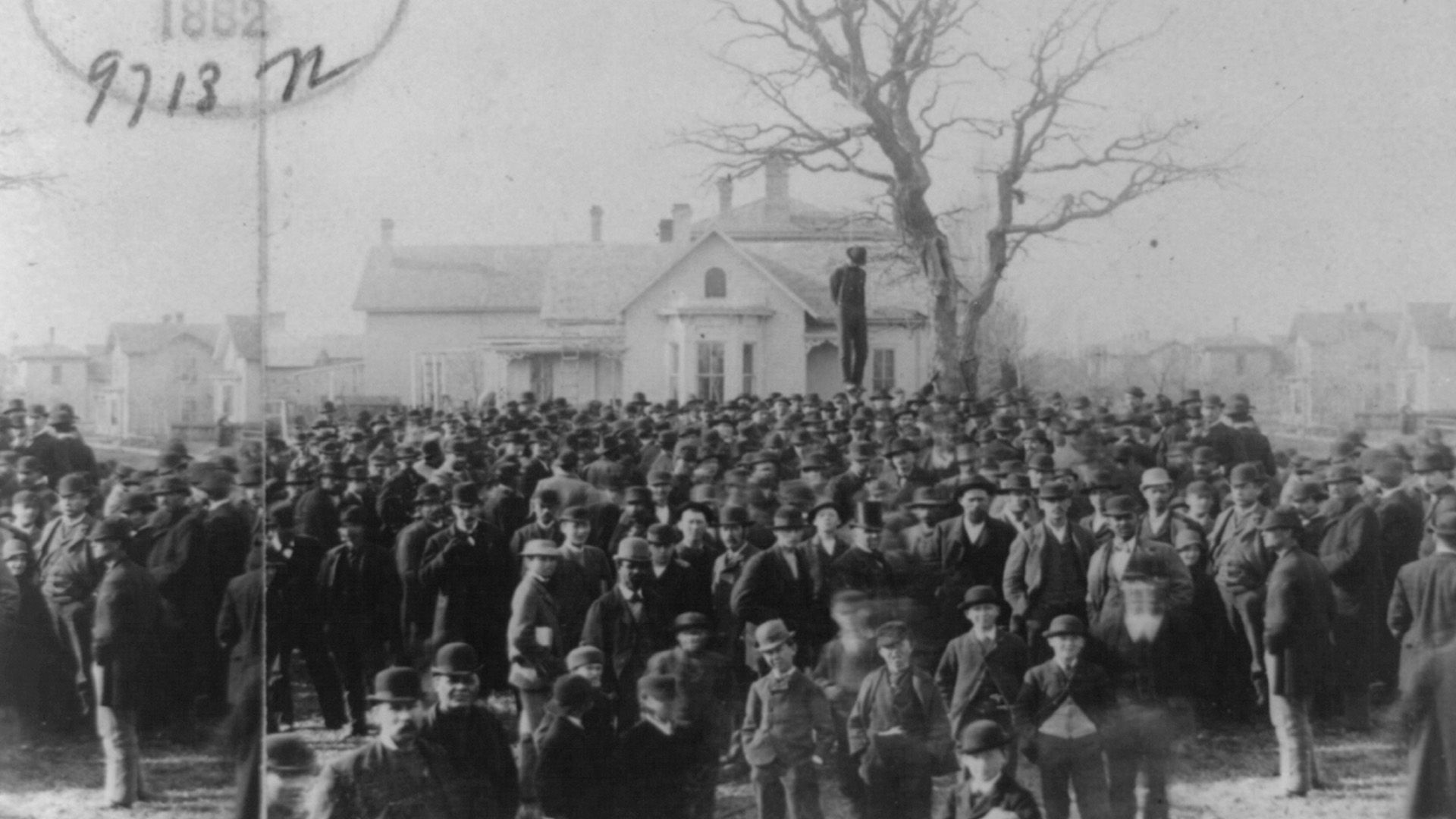
In “The Lines That Antisemitism and Racism Draw,” a series of letters I composed during the summer of 2016 that were published in December of that year, I wrote about the stolpersteine, an art project started by the German artist Gunter Demnig in 1992. According to Wikipedia, the project “aims at commemorating individual persons at exactly the last place of residency—or, sometimes, work—which was freely chosen by the person before he or she fell victim to Nazi terror, euthanasia, eugenics, was deported to a concentration or extermination camp, or escaped persecution by emigration or suicide.” I was astonished to learn that more than 50,000 stolpersteine have been laid in 20 European countries. “I don’t want to romanticize what the stolpersteine represent or over-celebrate their scope,” I wrote, “but it speaks volumes to me that so many communities across Europe have agreed to bear witness to, and in that way hold themselves accountable for, what the Nazis did [primarily to the Jews].” Then I wondered about whether a similar kind of project focused on slavery would even be possible in the United States:
Consider a white artist—as far as I know, Denmig is not Jewish—trying to pursue a similar project regarding slavery in the United States. Even setting aside the differing circumstances and practical considerations that might make a project like that impossible, it’s hard for me to imagine white America saying yes in the same way that those European communities have. We are, after all, a nation in which someone like Bill O’Reilly feels authorized to “fact check” on national TV First Lady Michelle Obama’s statement about the White House having been built by slaves; in which it took the mass murder Dylan Roof committed in Charleston’s Emanuel AME Church, with the explicit intention of starting a race war, for legislators finally to vote the Confederate flag off of South Carolina’s state house; in which far too many white people cannot accept the simple assertion that Black lives matter as anything other than the at least implicit claim that other lives don’t.
In such a nation, how many communities would be willing to be reminded daily, as they walked to work or school, or down the block for a quart of milk or a sandwich from the deli, or to take out the garbage or go to the movies, or church, or shul, or to meet a lover for a date—how many communities in the United States do you think would say yes to a memorial that asked them to confront not slavery in the aggregate, difficult and meaningful and necessary as that is, but the names and dates, the lived lives of the particular enslaved Black people who played a role in that community’s history? There’s no way to answer this question, of course, but I can, as I am sure you can, picture the kind of resistance such a project would run into across wide swaths of the country, not to mention in the right wing media. To put it simply, we are a nation in which white people tend to work very hard not only not to take responsibility for the historical fact of slavery, but also not to be held accountable for the ways in which we continue to benefit from its aftermath.
At the time I wrote those words, I did not know about Equal Justice Initiative (EJI), an organization in Montgomery, Alabama founded by Bryan Stevenson. In February 2015, as part of a project that resembles Demnig’s stolpersteine to a remarkable degree, EJI released a report on the history of lynchings in the United States. “Lynching and the terror era,” Stevenson is quoted in The New York Times as saying, “shaped the geography, politics, economics and social characteristics of being black in America during the 20th century.” The part of the project that most closely mirrors the stolpersteine involves erecting markers and memorials on specific lynching sites “to force people to reckon with the narrative through-line of the country’s vicious racial history, rather than thinking of that history in a short-range, piecemeal way.” Stevenson is expecting resistance and controversy not unlike what he experienced when his organization tried to place historical markers at the cites of the slave markets in Montgomery, Alabama, where, The Times said, in what feels like ironic understatement, “city and state governments were not welcoming…despite the abundance of Civil War and civil rights movement memorials” in the city. We need this kind of memorial in the United States. I plan to start following EJI’s work.
 “My Companion’s Scent Seeped Into Me” - National Sa’di Day
“My Companion’s Scent Seeped Into Me” - National Sa’di Day
 Craft Talk 2: Packing Lines With Sound & Meaning - Rosa Alice Branco, Translated by Alexis Levitin
Craft Talk 2: Packing Lines With Sound & Meaning - Rosa Alice Branco, Translated by Alexis Levitin